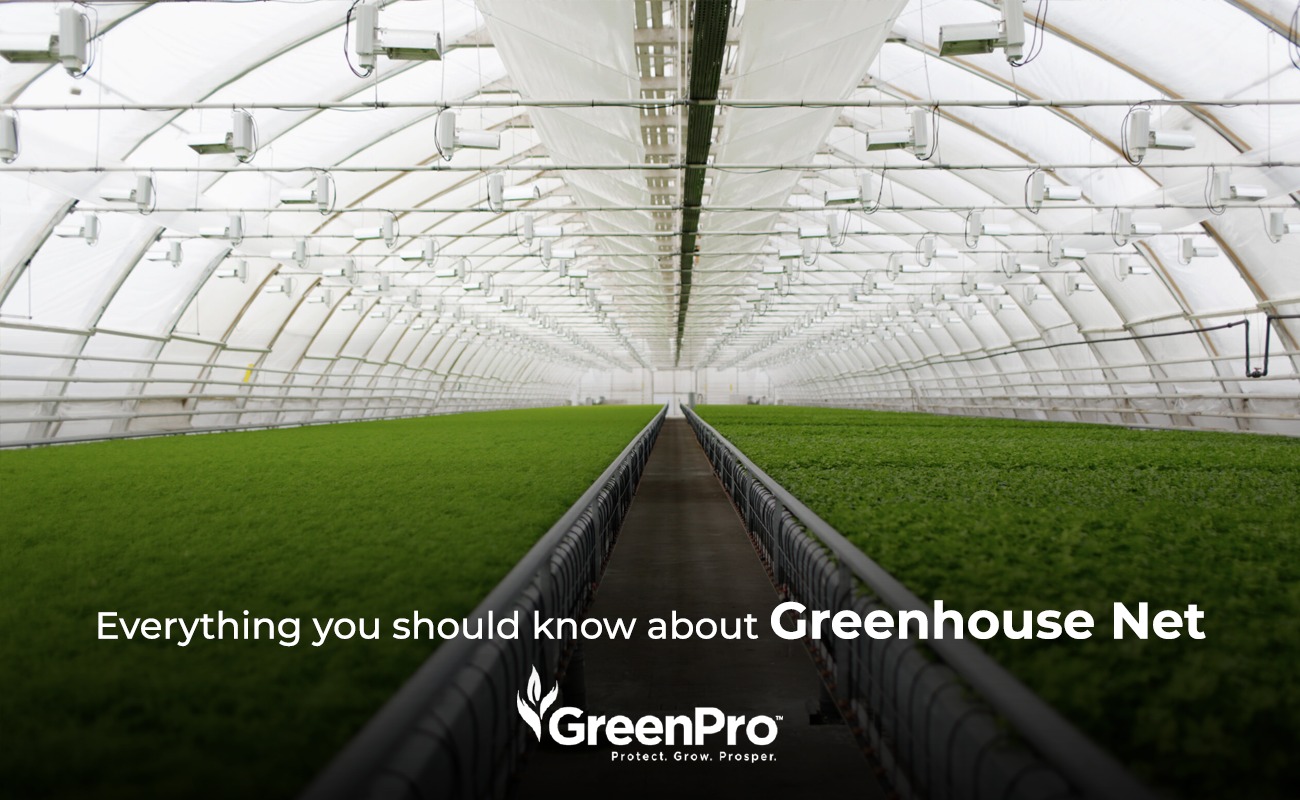Everything You Should Know About Greenhouse Net

Greenhouses have changed the course of agriculture by providing controlled environments for plants to thrive, regardless of external conditions. Among the essential components of a greenhouse setup, the greenhouse net plays a crucial role. In this article, we will delve into everything you should know about greenhouse nets.
What is a Greenhouse Net?
A Greenhouse Net, also known as a shade net or agricultural net, is a woven or knitted fabric made from materials like polyethylene or polyester. Its primary function is to regulate sunlight, temperature, humidity, and airflow inside a greenhouse. By controlling these factors, greenhouse nets create an optimal environment for plant growth and protect them from harsh weather conditions, pests, and excessive sunlight.
Types
Shade Nets: These nets filter sunlight, reducing its intensity and preventing heat buildup inside the greenhouse. They are essential for plants that require partial shade or protection from intense sunlight.
Benefits
Temperature Regulation: Greenhouse nets help maintain optimal temperatures by reducing heat stress during hot weather and providing insulation during colder periods. This stability promotes healthier plant growth and higher yields.
Pest and Disease Control: Insect nets act as a physical barrier against pests, reducing any risk of infestations and diseases transmitted by insects. This minimizes the need for chemical pesticides, promoting eco-friendly farming practices.
UV Protection: Shade nets filter harmful UV rays, protecting plants from sunburn and heat-related stress. They also prevent excessive evaporation, conserving water and reducing irrigation needs.
Crop Protection:Anti-hail nets safeguard crops from hail damage, ensuring a higher quality and quantity of produce. They are indispensable for crops sensitive to hail impact, such as berries, vegetables, and ornamental plants.
Improved Microclimate: Windbreak nets create a sheltered environment within the greenhouse, reducing wind damage and creating a microclimate conducive to plant growth. It results in healthier and more resilient crops.
Sustainable Agriculture with Greenhouse Nets
The use of greenhouse nets aligns with sustainable agricultural practices in several ways:
Reduced Chemical Inputs: By providing natural protection against pests and diseases, greenhouse nets reduce the reliance on chemical pesticides and fungicides, minimizing environmental impact and promoting soil health.Water Conservation: The regulation of temperature and humidity by greenhouse nets reduces water evaporation, leading to water conservation and efficient irrigation practices.
Energy Efficiency: Greenhouse nets contribute to energy savings by reducing every need for artificial heating and cooling systems. Implementing this strategy leads to both cost savings and a smaller carbon footprint.
Crop Diversification: With the ability to create customized microclimates, greenhouse nets enable farmers to grow a wide range of crops throughout the year, promoting crop diversification and resilience against climate change.
Bottom Line
Greenhouse nets are indispensable tools in modern agriculture, offering a whole lot of benefits that contribute to sustainable farming practices. From temperature regulation to pest control and crop protection, these versatile nets play a vital role in optimizing crop yields and at the same time minimizing environmental impact. Embracing greenhouse net technology is not only beneficial for farmers but also promotes a greener and more resilient agricultural sector.
